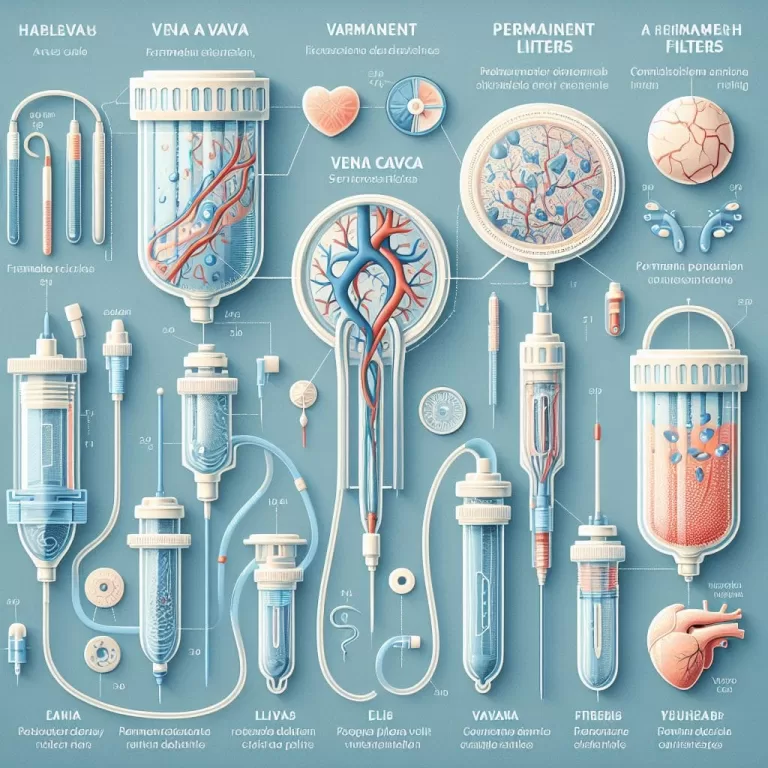Inferior Vena Cava Filter
**Inferior Vena Cava Filter (IVC Filter): Comprehensive Overview**
Inferior vena cava filters (IVC filters) are medical devices surgically placed into the inferior vena cava, a large vein that carries blood from the lower body to the heart. IVC filters’ primary role is to capture and prevent blood clots (thromboembolisms) from traveling to the lungs (pulmonary embolism).
**Benefits:**
* **Prevention of Pulmonary Embolism:** Effectively reduces the risk of life-threatening pulmonary embolism.
**Indications:**
* Patients with a history of venous thromboembolism (VTE) or who are at high risk
* Perioperative prophylaxis against VTE during certain surgeries or medical procedures
**Types:**
* Permanent IVC filters: Permanently implanted to provide ongoing protection
* Retrievable IVC filters: Designed to be removed after the risk of VTE has subsided
**Placement:**
* Minimally invasive procedure performed under local anesthesia
* Accessed through a small incision in the abdomen or jugular vein
* Guided by fluoroscopy or ultrasonography
**Considerations:**
* Potential for complications such as venous thrombosis, filter migration, or embolism
* May require removal due to infection, complications, or reduced risk of VTE
* Regular follow-up and monitoring are crucial to assess filter function and potential issues
**Keywords:**
* Inferior vena cava filter
* Pulmonary embolism
* Venous thromboembolism
* Retrievable IVC filter
* Permanent IVC filter
* VTE prevention
Discover the Types of Vena Cava Filters: A Comprehensive Guide for Healthcare Professionals

Vena cava filters may prevent blood clots in your veins from reaching your lungs. They may be permanent, long-term solutions or temporary screens that may be removed after a few weeks or months. The vena cava is the large vein…
